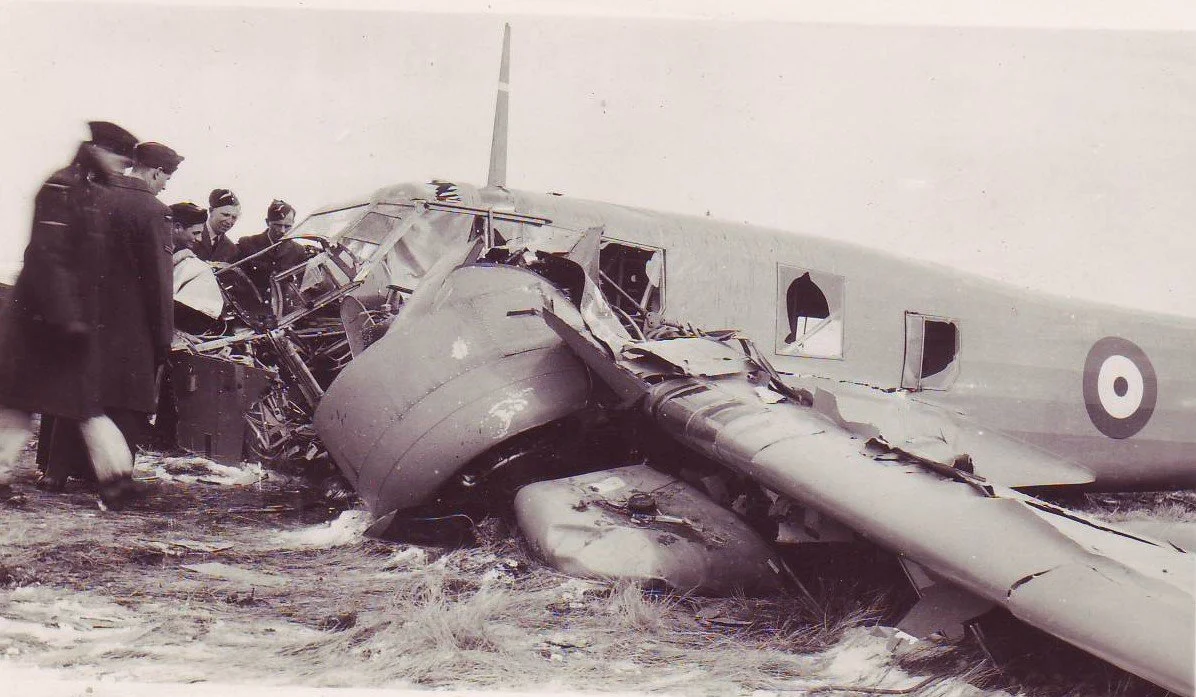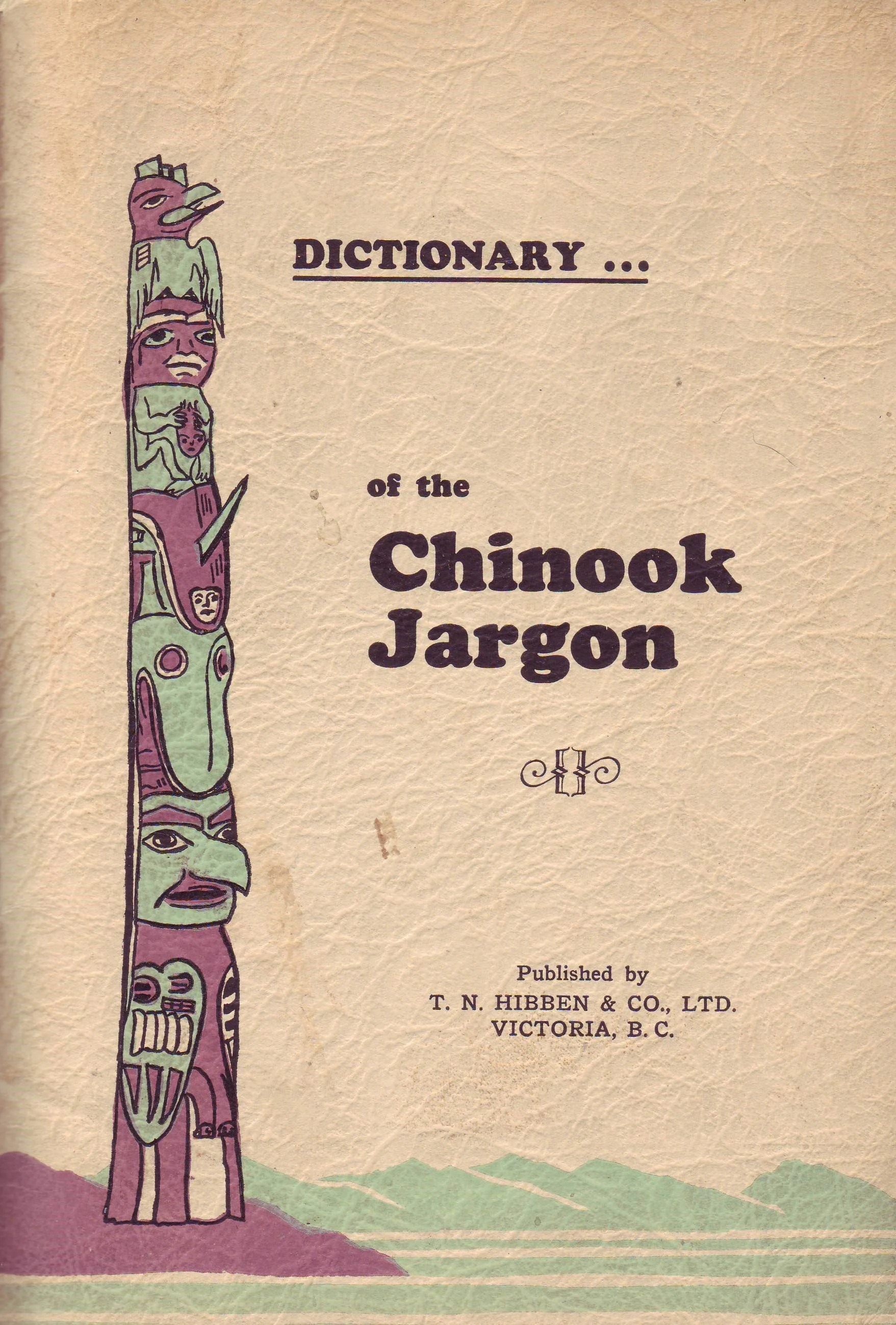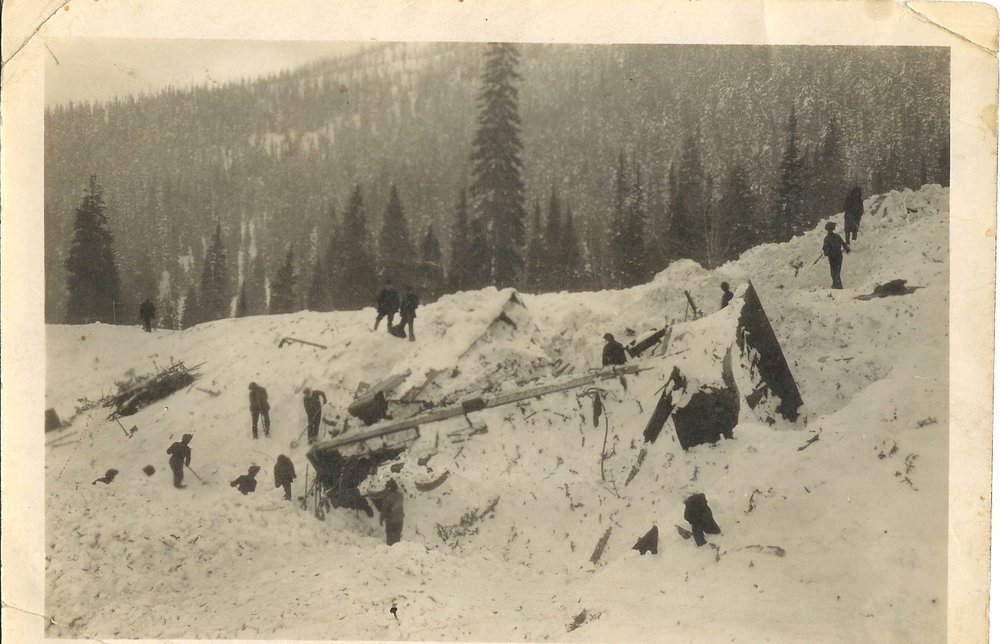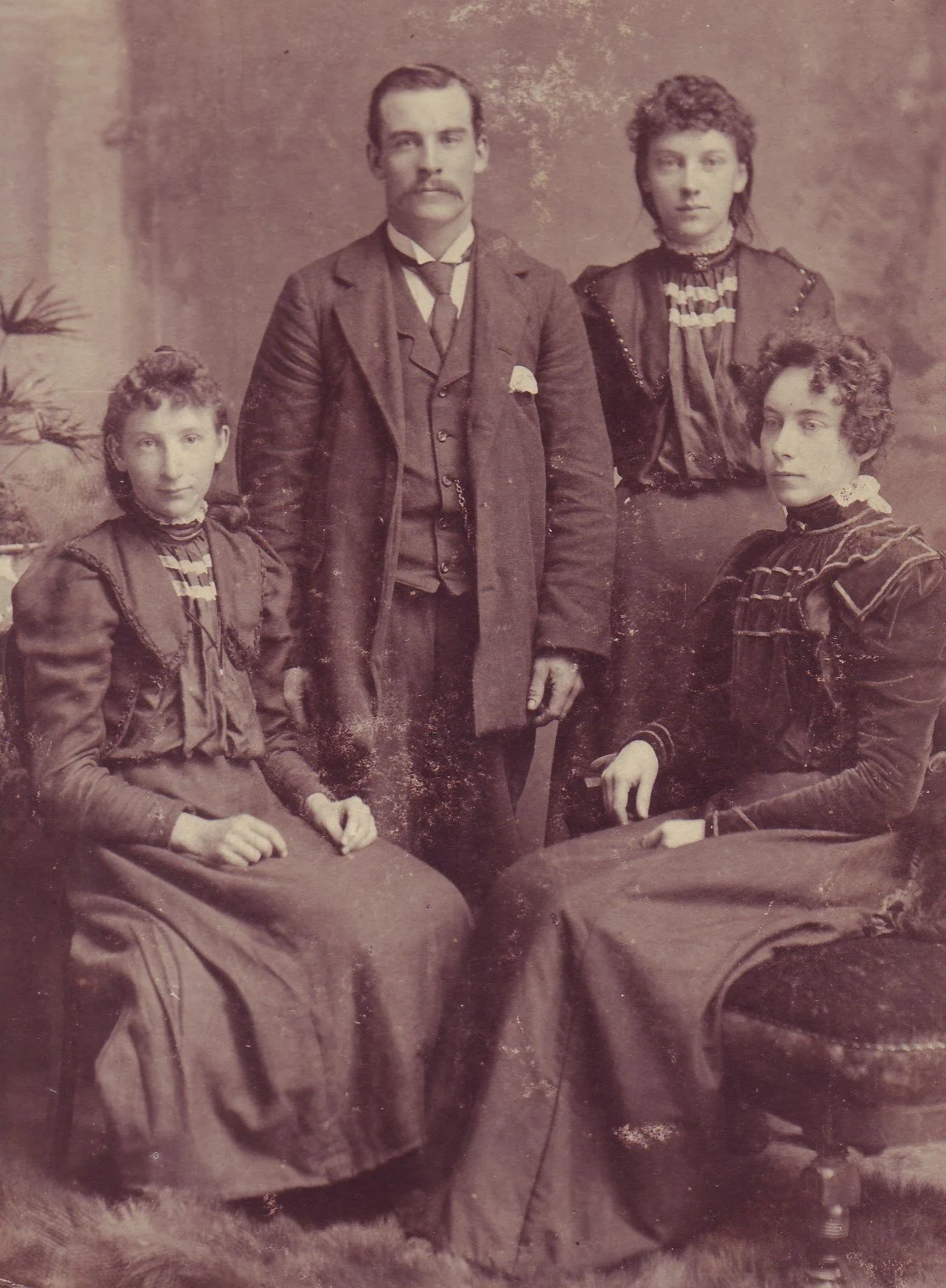How better to close out the year than with a positive story—one that leaves readers with a bit of a warm glow, a sense of appreciation for what has been but is no more. A story without tragedy or violence, just about good human interest.
The hero of this Chronicle is of the seagoing variety.
It shouldn’t come as a real surprise that ships are feminine; even if not truly animate, they have personalities, as any real mariner will tell you. Here, on the Pacific Coast, we long had the Canadian Pacific’s Princess fleet which ranged from humble working class to true royalty.
Many were admired for their graceful lines, their comfortable passenger accommodation with white linens and polished silverware, and for their dependability in waters that can be lethal when aroused.
There were 17 coastal Princesses over the decades and many are still remembered with fondness.
Of them all, the Princess Maquinna truly captured the affections of crew and passengers. So much so that Ian Kennedy has just written a book about her. Its very title spells it out: The Best Loved Boat.
So, to close out 2023, a tribute to the long gone but not forgotten Princess Maquinna.
*******
PHOTO: She certainly wasn’t the most attractive of the CPR’s coastal steamships but she’s fondly remembered, most recently in a book, The Best Loved Boat. —Vancouver City Archives
Read More



















